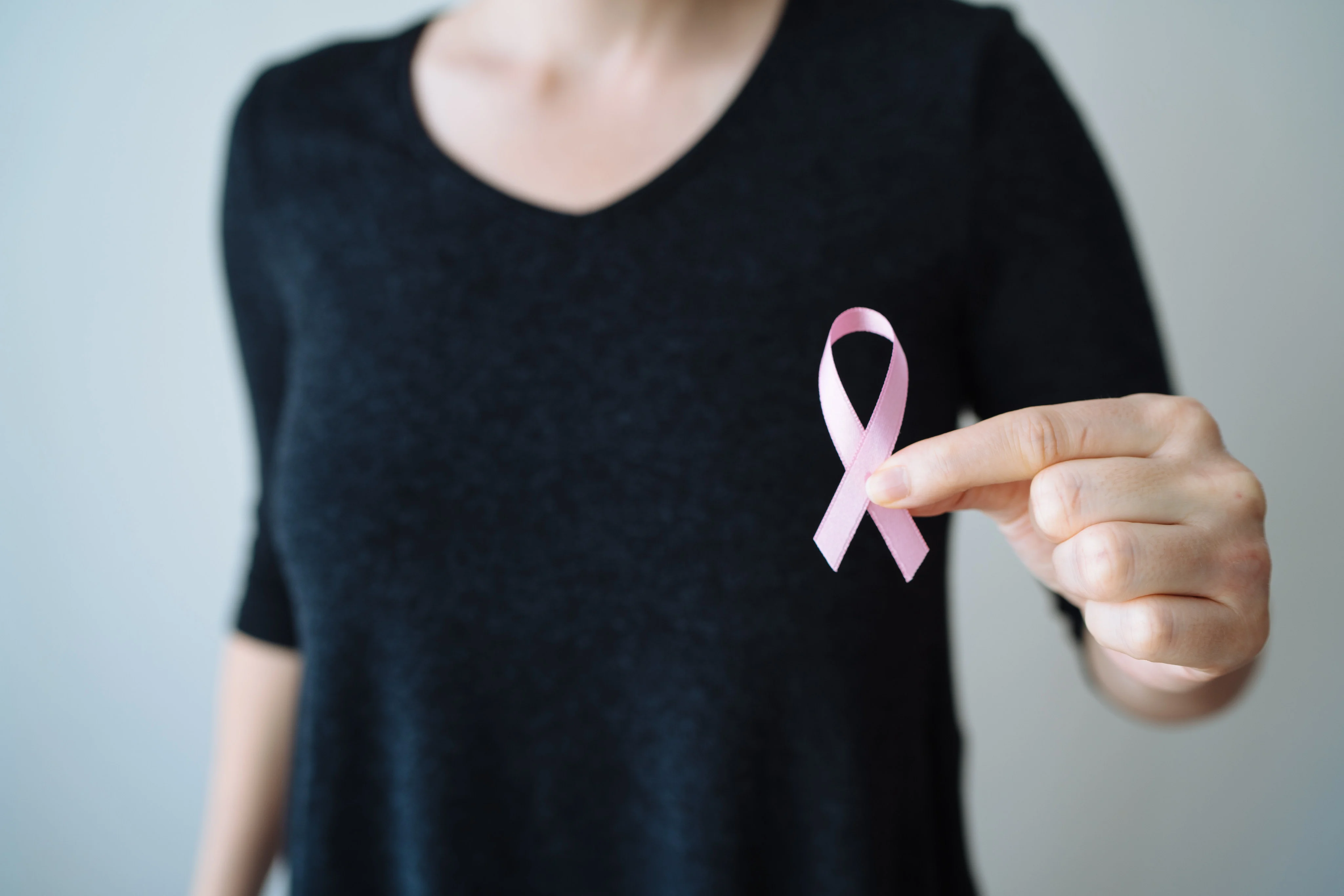Copyright scmp

The University of Hong Kong has pioneered a first-of-its-kind clinical trial that integrates lipofilling surgical practices with breast conservation, providing a new solution for cancer patients that promises to improve their well-being post-operation. The preliminary findings released on Thursday by the university’s Li Ka Shing Faculty of Medicine also showed that breast cancer patients who underwent the procedure showed no signs of immediate surgical complications or recurrence of the disease. “One of the biggest fears for many women diagnosed with breast cancer is the possibility of losing their breasts,” said Ava Kwong Hoi-wai, a clinical professor and breast cancer researcher who led the university’s study. “Our goal is to expand the treatment options for patients suitable for breast-conserving surgery to improve post-operative breast symmetry and natural appearance – ultimately improving patients’ confidence and quality of life,” she said. Breast cancer was the most common form of cancer among women in Hong Kong in 2022, according to the Centre for Health Protection. It was also the third leading cause of cancer-related deaths among women in 2023. While a mastectomy, or breast removal surgery, has traditionally been the most common form of treatment for breast cancer, women are increasingly receiving a type of conserving surgery where parts of the surrounding tissue are used to reshape the breast after the tumour has been removed. But Kwong said such treatments could still result in large scars or a smaller post-operation breast shape, depending on the size of the tumour and the amount of surrounding tissue, which was particularly a problem among Asian patients. Looking for a solution, Kwong’s team launched clinical trials in 2024 for a relatively newer treatment for breast cancer patients that integrates lipofilling techniques into breast-conserving surgery. Lipofilling is a form of surgery similar to liposuction, whereby fat is removed from one part of the body and injected into another part to add volume or restore its shape. Kwong said that while lipofilling breast reconstruction was already available at some private medical institutions in Hong Kong, most procedures were for women who had already undergone a mastectomy or another form of breast reconstruction surgery. Instead, the clinical trial allowed for patients to undergo both the tumour removal and breast reconstruction in one surgery, rather than spreading the procedures over two or three operations. The study also marked the first randomised control trial for the procedure in the world, and also the first using Asian patients, Kwong said. Previous studies into the feasibility of the procedure had been localised to Western countries, she said. Fifteen women have already undergone the procedure as part of the trial, with none having experienced cancer recurrence. Women who underwent the lipofilling procedure showed an average 10 per cent increase in breast volume compared with the 12 per cent reduction observed in the control group. To measure patients’ overall health and well-being, the team used Breast-Q, a widely used patient-reported measure for breast cancer outcomes. The team found that women who received the lipofilling procedure gave higher median scores in terms of psychological well-being, sexual well-being and satisfaction with their breasts compared with the conventional group. Kwong said the team ultimately hoped to perform their procedure on 48 breast cancer patients, and encouraged patients to sign up.



